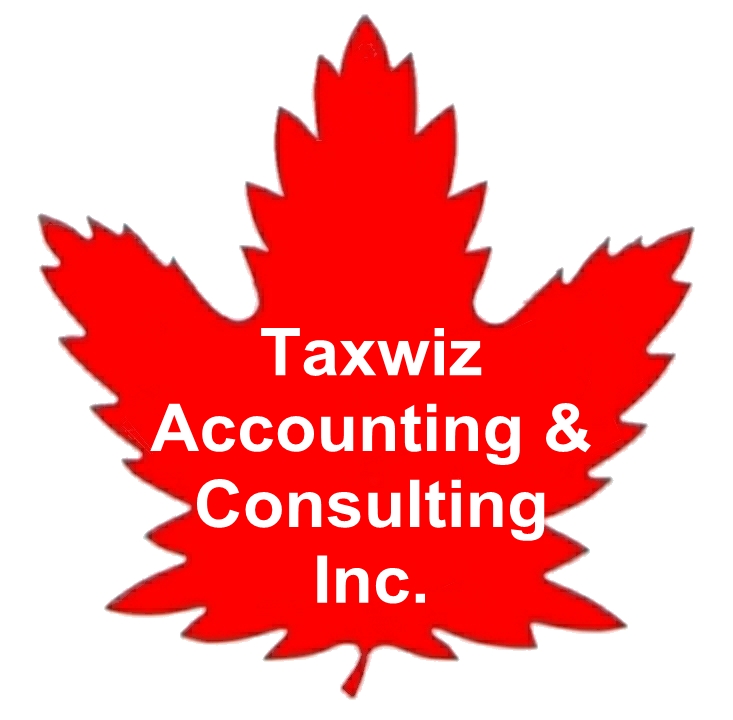|
Netfile and Restrictions
NETFILE is an electronic tax-filing option to file personal income tax and benefit return directly to the Canada Revenue Agency (CRA) via the Internet. NETFILE service is available 21 hours a day, 7 days a week, between February and January the following year. This service is available daily between 3:00 a.m. to midnight (Pacific time).
NETFILE cannot be used to:
-
amend a filed tax return;
-
file a tax return other than the current taxation year;
-
file an income tax and benefit return for the first time with CRA and the CRA does not have a complete date of birth for the taxpayer on record;
-
file a tax return for those went bankrupt in the current taxation year;
-
file a non-resident tax return;
-
file a tax return for those who have income from a business with a permanent establishment outside their province or territory of residence ;
-
to change the name, address and direct deposit information.
Furthermore, the following is a list of the criteria that would exclude a taxpayer from using NETFILE:
- The return was prepared by a third party (e.g., discounted returns).
-
The taxpayer is a deemed resident (not subject to provincial or territorial tax).
-
The taxpayer died in the current taxation year or the year after.
- The taxpayer’s social insurance number or individual tax number (ITN) begins with zero-nine (09).
- The taxpayer is a non-resident. This excludes the following income and tax forms: Schedule A, Schedule B, Schedule C, Income from NR4 slips, T4A-NR slips, NR-OAS slips, NR-CPP/QPP slips, Section 116, Section 216 income, Section 217 income, Taxable capital gains from disposing of Canadian property if received as a non-resident and OASRI
- The taxpayer's address is outside Canada.
- The taxpayer resides in a province or territory of Canada on December 31, but all or part of the taxpayer’s business income was earned and can be allocated to a permanent establishment outside that province or territory, or outside Canada.
- The taxpayer is electing to defer tax relating to the distribution of spin-off shares from a foreign corporation.
- The taxpayer is claiming less than the maximum federal foreign tax credit.
- The taxpayer is reporting a Registered Disability Savings Plan income at field 125 and he or she is not eligible for the disability amount for self for the current tax year, and for the first and second immediately preceding tax years - i.e. there is no Form T2201, Disability Tax Credit Certificate, on record valid for at least one of these 3 years. Note: This exclusion is only meant to prevent the reporting of an incorrect amount at field 125 which should be reported at another income field on the return.
- The taxpayer is reporting:
-
Canadian source income from Lloyds of London
-
Employment income earned from an International Organisation
-
Lump sum pension income accrued to December 31, 1971
-
More than 6 sets of financial statements (SFD)
-
An Ontario, Saskatchewan, British Columbia or Yukon Qualifying environmental trust tax credits (may also be referred to as mining reclamation trust tax credit)
-
Statement of qualifying retroactive lump-sum payment (Form T1198)
- The taxpayer is claiming:
-
A federal non-business foreign tax credit for more than three countries or a federal business foreign tax credit for more than three countries.
-
A deduction for scientific research and experimental development expenses.
-
An Alberta Stock Savings Plan Tax Credit (Form T89)
- A Saskatchewan Royalty Tax Rebate (Form T82)
- A disability amount for themselves, for a dependant other than their spouse or common-law partner or for a transfer from their spouse or common-law partner and there is no Form T2201, Disability Tax Credit Certificate, on record or a new Form T2201 is required.
- A claim at field 318 involves more than ten dependants.
- A Nova Scotia Research and Development Tax Credit Recapture.
- A claim that involves more than 22 children.
-
A Newfoundland and Labrador Research and Development Tax Credit (Form T1129).
- A deduction at field 207 which includes amounts calculated from a combination of at least two of the following different forms:
- Form RC 269, Employee Contributions to a Foreign Pension Plan or Social Security Arrangement for 2012 - Non-United States Plans or Arrangements
-
Form RC 267, Employee Contributions to a United States Retirement Plan for 2012 - Temporary Assignments.
-
Form RC 268, Employee Contributions to a United States Retirement Plan for 2012 - Cross-Border Commuters.
- The taxpayer is reporting farming income with the AgriStability and AgriInvest Programs application which involves:
-
Farming income from a partnership reported on a T5013 slip or the partnership includes a corporate partner
-
A Canadian Indian reporting self-employed income which is “tax exempt income”
-
SFD type 9 with more than 10 occurrences in section 7 and/or 8 from page 7 of Form T1273.
- SFD type 9 with more than 8 occurrences in section 10, 11 and/or 12 from page 7 of Form T1273.
References
[This page was added on 11 March 2014, last revised on 11 March 2014.]
|

